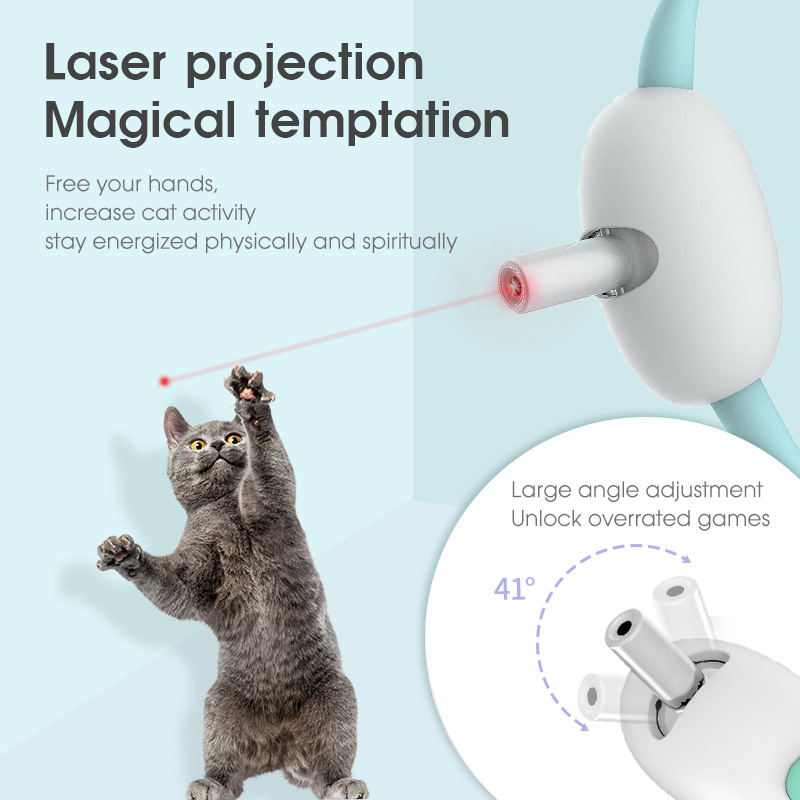In the cozy confines of American homes, a hidden crisis is unfolding—one that often goes unnoticed beneath the purrs and cuddles. Our beloved feline friends are facing a growing epidemic: obesity. As pet owners, we are their guardians, and it’s our responsibility to ensure their health and happiness. But how can we address this issue effectively? Let’s dive into the dangers of cat obesity and explore practical solutions, especially focusing on the role of interactive toys in promoting a healthier lifestyle.
The Hidden Dangers of Feline Obesity
Obesity in cats is not just a matter of appearance; it’s a serious health concern that affects their quality of life and longevity. According to the Association for Pet Obesity Prevention, nearly 60% of domestic cats in the U.S. are overweight or obese. This alarming statistic is not just a number; it represents the countless feline lives at risk.
One of the most significant risks associated with cat obesity is diabetes mellitus. Excess body fat leads to insulin resistance, making it difficult for the body to regulate blood sugar levels. This condition not only affects a cat’s energy levels but also requires lifelong management, including insulin injections and strict dietary control.
Another critical concern is the strain on the joints. Obese cats are more likely to develop arthritis, which limits their mobility and causes chronic pain. Imagine your cat struggling to jump onto a favorite perch or even groom themselves properly. The discomfort can be overwhelming, leading to a sedentary lifestyle that further exacerbates the problem.
Heart disease and hypertension are also common in overweight cats. The extra weight puts additional pressure on the cardiovascular system, making it harder for the heart to function efficiently. Respiratory issues, such as difficulty breathing, can also arise due to the accumulation of fat around the chest.
Moreover, obesity can lead to hepatic lipidosis, a life-threatening liver condition that occurs when an overweight cat stops eating. This sudden change in diet causes the liver to malfunction, leading to severe health complications.
The emotional toll of obesity on cats is equally concerning. Overweight cats may become less active, leading to boredom and stress. This cycle of inactivity and weight gain can significantly impact their overall well-being and lifespan.
The Role of Interactive Toys in Weight Management
So, how can we combat this epidemic and ensure our feline friends live long, healthy lives? One effective strategy is incorporating interactive toys into their daily routine. These toys are not just fun distractions; they are essential tools for promoting physical activity and mental stimulation.
Interactive toys, such as feather wands, laser pointers, and puzzle feeders, engage a cat’s natural hunting instincts. These toys encourage movement and exercise, helping to burn calories and build muscle. For example, a simple feather wand can transform a lazy afternoon into an energetic play session, stimulating both the body and mind.
Puzzle feeders are another excellent option. These toys require cats to work for their food, mimicking the hunting experience and preventing overeating. By making mealtime more engaging, puzzle feeders help control portion sizes while keeping cats mentally stimulated.
In addition to physical benefits, interactive toys provide much-needed mental stimulation. Cats are intelligent creatures that thrive on challenges and exploration. Toys that require problem-solving skills can keep them entertained and reduce boredom-related overeating.
Practical Tips for a Healthier Lifestyle
While interactive toys are a powerful tool, a comprehensive approach is essential for effective weight management. Here are some practical tips to help your cat achieve and maintain a healthy weight:
- Balanced Diet: Ensure your cat’s diet is nutritionally complete and tailored to their specific needs. High-quality, protein-rich foods are ideal for maintaining a healthy weight. Consult your veterinarian for personalized dietary recommendations.
- Portion Control: Measure your cat’s food portions carefully to avoid overfeeding. Adjust portion sizes based on their age, size, and activity level.
- Regular Exercise: Aim for at least 15-30 minutes of daily playtime with interactive toys. Gradually increase activity levels as your cat becomes more accustomed to regular exercise.
- Veterinary Check-Ups: Regular veterinary visits are crucial for monitoring your cat’s weight and overall health. Early detection of obesity-related issues can prevent long-term complications.
- Environmental Enrichment: Create a stimulating environment with climbing structures, scratching posts, and hiding spots. This encourages natural behaviors and keeps your cat active.
- Avoid Treats and Table Scraps: Limit high-calorie treats and avoid feeding human food. Instead, use healthy alternatives or small portions of their regular food as rewards. Cat obesity is a complex issue with far-reaching consequences, but it is entirely preventable with the right approach. By understanding the risks and taking proactive steps, we can ensure our feline friends enjoy a long, healthy, and happy life. Interactive toys are a vital component of this journey, providing both physical exercise and mental stimulation. As pet owners, let’s embrace the responsibility of safeguarding our cats’ well-being. After all, a healthy cat is a happy cat—and a happy cat makes a joyful home.
So, the next time you see your furry friend lounging around, consider introducing a new toy or puzzle feeder. Not only will it bring joy to their day, but it will also pave the way for a healthier future. Let’s make a difference, one play session at a time.

